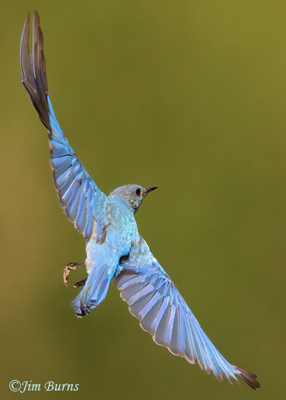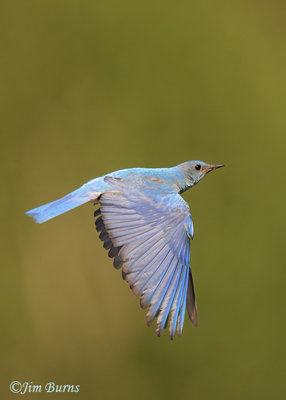
I found this place, a serene and quiet respite from city life, urban issues, and the daily grind, over two decades ago on a camping trip to scout for a new Arizona Breeding Bird Atlas route in the White Mountains. This is my real world, and I try to visit at least three times a year, every season except winter. The Mountain Bluebirds are always around and never disappoint. They were the original hook for this magical getaway that first time I saw them here, when I discovered three mated pairs visiting nest cavities.
My real world is a patchwork of large wet meadows interspersed through Ponderosa Pine with stands of Aspen, the latter adding high drama to the autumn color palette. A rill trickles through the coulee behind my campsite bringing water from a spring, higher in the forest, down to the meadow below, and I’ve counted over thirty species drinking, bathing, or prospecting for insects along this watercourse and at its outlet.
I’ve heard rumors that Mexican Gray Wolves have been seen here. I am forever hopeful but not obsessed with that possibility. We have watched a Coyote stalk, pounce, and capture a rodent and carry it off, and one summer sunrise we awoke to see a Wild Burro saunter down the game trail behind our tent. Deer of course and bugling elk, and I keep our food out of scent and sight on the assumption there are bears about.
Drawing us back time and again is certainly the number of avian species we see here that we never see in the Sonoran Desert below. Because of my years of running a White Mountain BBS survey route, our campsite birdlist has nothing unexpected, but there is a real surprise in the number of species we have seen here only once over the years. This attests to both the diversity and the density of the forests in the area.
There are ten species on that once only list--a Red-faced Warbler dropping in one morning as we ate breakfast, a Golden-crowned Kinglet swooping down for an insect in the pine litter, a pair of Ferruginous Hawks hunting over the wet meadow, a Great Blue Heron passing high overhead, an Olive-sided Flycatcher its distinctive call heard only, a Plumbeous Vireo foraging in dead branches and, finally last year, Townsend’s Solitaire and Mountain Chickadee. Where have these been in other years?
And then last month I heard Clark’s Nutcrackers calling so high in the pine canopy I never actually spotted them, followed by a pair of Williamson’s Sapsuckers, long expected here amongst the Aspen, the male on the ground turning over small stones, his mate hanging from pine branches, indiscernible insects in her bill presumably for nestlings in a cavity I never found.
The Mountain Bluebirds, though, never disappoint and never grow old. Some of it, for sure, is the paucity of the color blue in the birding universe. If we were to assign adjectives to color, blue’s would surely be “cool,” and that descriptor would encompass both meanings of the adjective. “Blue” certainly conjures tranquility and calm, but blue is also unique in bird plumage because it alone amongst the colors is produced by the structure of the feathers rather than by pigmentation.
The male is back, hovering now over the meadow, kite like, wings in slow motion. I sit beneath a Ponderosa, sun at my back, enthralled as I watch him prospect for insects, both air born and aground, both of us at peace in this most real of worlds.